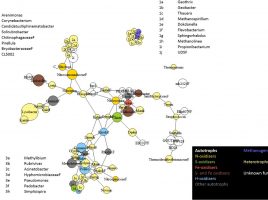
Monitoring the bio-self-healing performance of cement mortar incubated within soil and water using electrical resistivity
In research on self-healing concrete, the restorative performance can be evaluated by a wide range of techniques. However, most of these techniques can be challenging to apply to concrete samples embedded in soil without causing a significant disturbance to the test (as they require removing the samples from the soil, …







